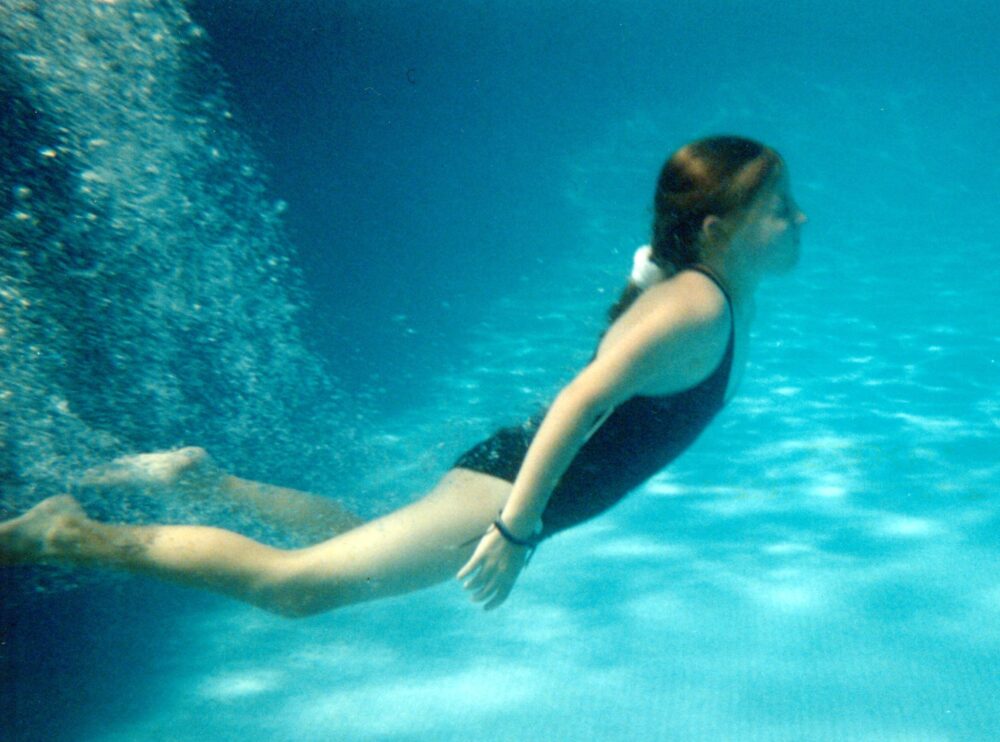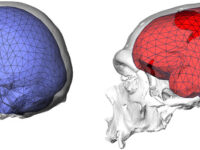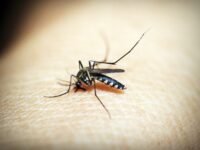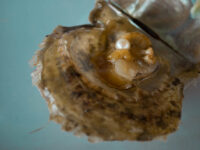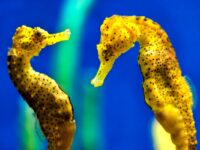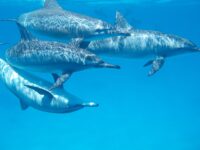The Bajau people of Southeast Asia spend 60 percent of their workday underwater. Commonly known as the Sea Nomads, the Bajau population has survived for over 1,000 years collecting and hunting food through underwater diving. Their extraordinary breath-holding capabilities seem almost humanly impossible. When the brain experiences hypoxia — the deficiency of oxygen in bodily tissues — it will eventually cease to function, and the body will move dangerously further away from a stable state. It seems logical to assume that Sea Nomad divers who spend their days submerged in water would face physical damage from hypoxia, and yet they don’t. The reason why? The diving reflex.
Which is a great amount of time for small adaptations to occur
The diving reflex is a set of physiological responses in mammalian species induced by water submersion. The bodily reactions that follow submergence underwater include bradycardia, apnea, increased peripheral vascular resistance, and contraction of the spleen — terms that describe the body’s methods of reducing non-essential oxygen consumption or providing an oxygen boost. These processes are vital, as they protect the body from entering a threatening hypoxic state. When a human begins to hold their breath underwater, the diving reflex kicks in instantly. The body is keenly aware of its entrance into an aquatic environment — a capacity demonstrated magnificently by endurance divers like the Bajau people, whose underwater lifestyle is complimented by an uncommonly excellent diving reflex.
Spleen contraction, one of the major oxygen-boosting physiological reactions of the diving reflex, has been studied in diving seals such as the Weddell Seal. In this mammalian species, larger spleen mass correlates with the seals’ abilities to dive and hold breath for longer. Splenic mass is a genetic human trait that seems to logically correspond with diving reflex capabilities, but there are minimal scientific studies that establish a genetic basis of the diving reflex. Hence, a compelling question is raised: is the diving reflex purely a result of environmental factors, or can it be traced to human genetics?
It’s tempting to make a connection to genetics
“Mammals are obligate air breathers but have evolved to exploit many different environments,” shared Donald O’Malley, associate professor of biology at Northeastern University. The Sea Nomads’ livelihood has evolved to rely on their ability to dive, hunt, and gather under the sea. They have lived this aquatic lifestyle for over 1,000 years, “which is a great amount of time for small adaptations to occur,” O’Malley said. “Random gene changes occur constantly, and when a favorable gene change occurs, it will propagate through a population [and] provide some sort of competitive advantage.”
For endurance divers, genetics must play a role in their enlarged spleens. The Sea Nomads have significantly larger spleens than humans in non-diving populations, including nearby populations in Southeast Asia. In 2018, a comparative genomic study of the Bajau with a neighboring population named the Saluan identified genetic variants associated with spleen size and found that genes that increase spleen size are naturally selected for in the Bajau population. It is possible that the Bajau’s diving lifestyle may instigate a plastic response and cause their spleens to enlarge, yet, the statistically significant results of the study suggested a major physiological difference between the Bajau and Saluan that is not explained only by environmental influence. “It’s tempting to make a connection to genetics,” O’Malley said. The Sea Nomads have spent their days diving underwater for over a millennium, hence, it can be inferred that their diving reflex is attributed to both genetics and learned behavior. The average human may be capable of prolonging their underwater breath-holding with practice, but not to the masterful level of the endurance divers. “This fits with the idea that there is some genetic contribution to the diving reflex,” O’Malley said.
The nuances of the diving reflex demonstrate the fascinating capacity for the human body to protect itself and conserve vital resources.
The nuances of the diving reflex demonstrate the fascinating capacity for the human body to protect itself and conserve vital resources. For Sea Nomads adapted to an underwater existence, their large spleen, plentiful red blood cells in their bloodstream, and readily-available oxygen reserves all kick in to supply ATP and oxygen boosts when immediate oxygen resources are expended. In return, the degree of hypoxia that the Sea Nomads will face is intermittent to mild: their diving reflex allows their tissues to remain oxygenated. For the rest of humanity that isn’t as adapted to tolerating low oxygen levels, mammalian physiology still impressively works to maintain oxygen levels through complex, regenerative diving reflex reactions.
Cell (2018). DOI: 10.1016/j.cell.2018.03.054
